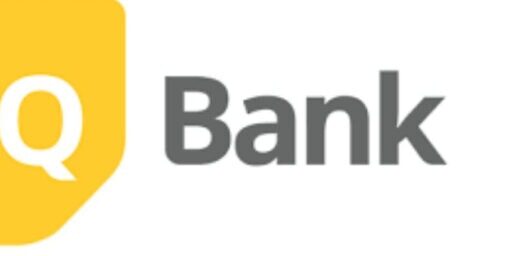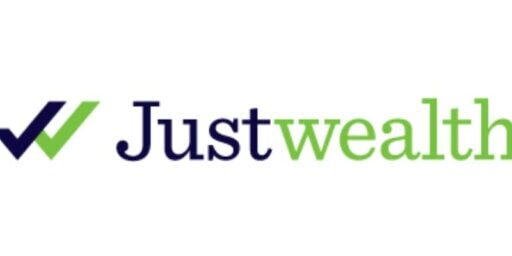Indexed Family Education Fund (RESP) Portfolio Update – 2021 Edition
Welcome to the annual Registered Education Saving Plan (RESP) update where I show transparency on our indexed investment strategy to help pay for our children’s future education costs.
What is an RESP?
At a high level, an RESP is an investment account for future post-secondary students and stands for Registered Education Savings Plan. It can be set up as an investment account (with a Canadian discount brokerage) that grows tax-free until the money is withdrawn towards education expenses and taxed in the student’s hands.
In addition to the tax-free growth, the icing on the cake is that the federal government matches 20% of RESP contributions up to a maximum of $500/child/year. In other words, you’ll max out government matching when you contribute $2,500/year/account.
Investing within an RESP
The RESP portfolios for our children are set up with TD e-Series mutual funds which provide a low-cost way to index the market (check out some all-in-one ETFs). We contribute $2,500/account/year to get the maximum contribution from the government of $500/account/year. So basically $5,000 contributed to the two RESP accounts gives us $6,000 annually to invest.
So what are we doing with our RESPs during this time? Are we sticking to the strategy of buying through this crazy fed-induced bull market?
The original plan was to be aggressive for the first 10 years (90% equities 10% bonds) for each child with increasing fixed income as the University tuition nears. I copied the table from my original RESP strategy article below.
I have since adjusted the first 10 years to have close to 75% equities and 25% bonds. I like to keep things simple, and having it set up this way will still provide solid long-term results, while enabling me to keep it simple with 25% in each of Canadian equity, US equity, International equity, and Bonds.
As of today, my oldest child is 12 and my youngest 9. I have increased the bond allocation of my oldest child but staying fairly aggressive with the youngest account. We aren’t quite at 40% bonds for the 12-year-old yet, but getting there.
During the March 2020 (COVID shutdown) correction, I actually transferred a bit from bonds to equities with a plan to transfer some back, but haven’t gotten around to it yet.
Our RESP Allocation Strategy
| Index | 0-10yrs | 10-14yrs | 14-17yrs | 18yrs + |
| Canadian Equity | 25% | 20% | 10% | 0% |
| US Equity | 25% | 20% | 10% | 0% |
| International Equity | 25% | 20% | 10% | 0% |
| Canadian Bonds | 25% | 40% | 35% | 0% |
| GIC’s | 0% | 0% | 35+% | 75% |
| Money Market Fund | 0% | 0% | 0% | 25% |
RESP Portfolio est. 2nd Quarter 2008
| Investments | Units Held | Price Per Unit | Market Value | % Holdings | Book Cost |
| TD CDN Money Mkt | 109.305 | $10.00 | $1,093.05 | 1.57 | $1,093.05 |
| TD CDN Index-e** | 565.537 | $28.95 | $16,372.30 | 23.52 | $12,410.32 |
| TD US Index-e** | 202.648 | $85.26 | $17,277.77 | 24.82 | $6,102.91 |
| TD CDN Bond Index-e** | 1628.776 | $12.38 | $20,164.25 | 28.87 | $18,883.38 |
| TD Int’l Index-e** | 1001.933 | $14.67 | $14,698.36 | 21.12 | $10,737.38 |
| Total as of Dec 31, 2020 | $69,605.72 |
RESP Portfolio est. 3rd quarter 2011
| Investments | Units Held | Price Per Unit | Market Value | % Holdings | Book Cost |
| TD CDN Money Mkt | 109.117 | $10.00 | $1,091.17 | 2.27 | $1,091.17 |
| TD CDN Index-e** | 436.759 | $28.95 | $12,644.17 | 26.33 | $9,581.63 |
| TD US Index-e** | 153.097 | $85.26 | $13,053.05 | 27.18 | $6,131.76 |
| TD CDN Bond Index-e** | 793.166 | $12.38 | $9,819.40 | 20.45 | $9,205.99 |
| TD Int’l Index-e** | 778.118 | $14.67 | $11,474.99 | 23.77 | $8,583.80 |
| Total as of Dec 31, 2020 | $48,022.78 |
As you may notice from the tables above, my rebalancing skills still need a bit of work! Alas, it all worked out in the end. Even though 2020 had a quick correction during the COVID shutdown, it was followed by a quick and stronger recovery.
Indexing Investing Returns
The investment return for both portfolios has been fairly close throughout the years. I ran the numbers through Excel’s XIRR function (here’s how to use XIRR to calculate investment returns) from inception to Dec 31, 2020.
For the oldest child, we started the portfolio in early 2008 near the peak of the market so there was a point in early 2009 where the market value of this portfolio was significantly below book value. It’s comforting to see that re-balancing with new money every year has brought positive longer-term results. In 2020, this portfolio returned 10.32%. Since its inception, this portfolio has returned 8.34% annually (including government contributions).
The second RESP portfolio was started near mid-2011, which fortunately was during a small market correction. In 2020, this portfolio, with a slightly higher equities allocation, returned 10.97%. Since its inception, this portfolio has returned 8.53% annually.
Final Thoughts
So in conclusion, indexing provides a steady, systematic, and low-stress way of investing. With another 5 years until post-secondary education for my oldest child and 8 years for my youngest, the accounts should have enough to cover most of their undergraduate degrees if they decide to move away from home, and perhaps even pay for post-graduate degrees should they stay home.
That’s our RESP update for 2021. Even with volatile markets like we saw in 2020, indexing continues to provide a steady, hands-off, way to invest for lucrative long-term returns.
Stay safe out there!
- Hi can anyone tell me how to buy “GIC’s” via the TD e-Series mutual funds for a RESP account? when selecting “Purchase GIC” the options provided are 1. Canadian non registered and 2. TFSA 3. TD Canada Trust Retirement Savings 4. U.S. Daily Interest Chequing Account which dont see like correct options for the RESP. thank you









